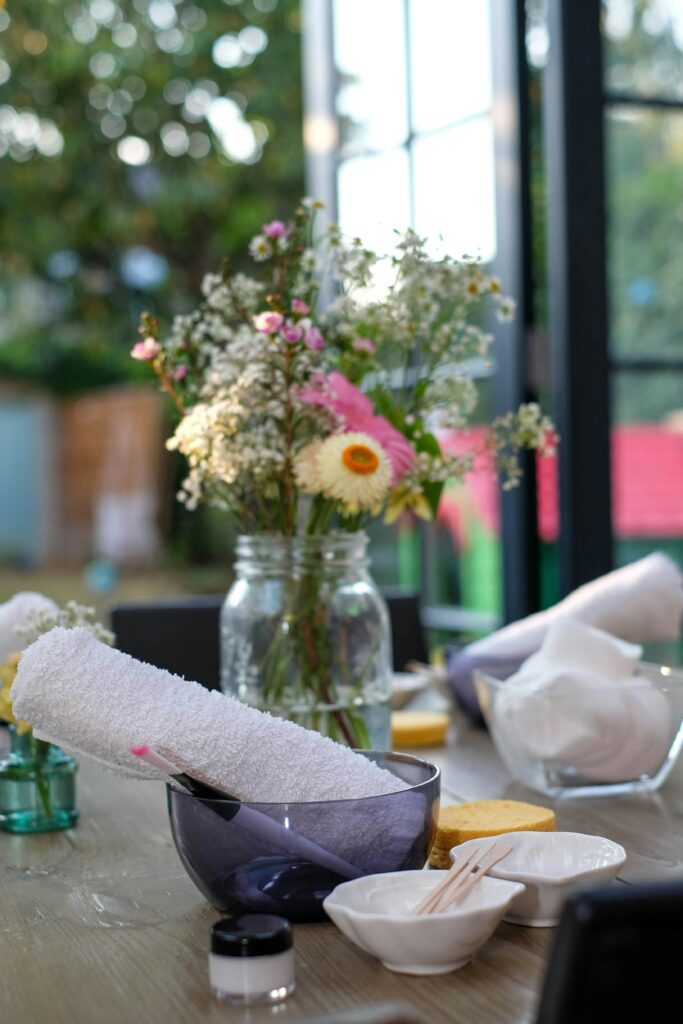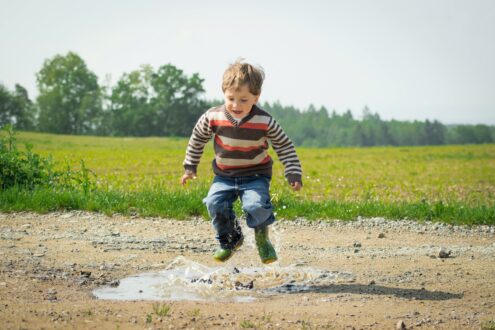In today’s fast-paced world, relaxation and wellness have become essential priorities for many people. The future of home relaxation is rapidly evolving, with technology, personalised experiences, and wellness-focused design leading the way.
This new era of home relaxation aims to transform our living spaces into sanctuaries of health, comfort, and rejuvenation. Let’s dive into the trends and innovations reshaping how we unwind at home.

Photo by Anna Lachlan on Unsplash
The Rise of Smart Wellness Technology
One of the biggest shifts in home relaxation is the integration of smart wellness technology. Technology now plays a central role in creating a relaxing environment, from voice-activated lighting and sound systems to high-tech massage chairs.
Devices like smart air purifiers, essential oil diffusers, and circadian lighting are designed to enhance the ambience and improve air quality, promoting both mental and physical relaxation.
Wearable Wellness Devices Wearable wellness devices like heart rate monitors, sleep trackers, and stress-detecting bands are also gaining popularity. These gadgets help individuals monitor their well-being and make adjustments to their routines, fostering a more mindful approach to relaxation.
Home Spa Experiences
Traditional spas offer a serene escape, but with recent advancements, the spa experience can now be replicated at home. Companies are developing high-tech products that simulate the experience of a luxury spa, including steam showers, infrared saunas, and hydrotherapy tubs.
These wellness-focused installations allow individuals to enjoy spa-like treatments without leaving their homes.
Infrared saunas are becoming a popular choice for home relaxation, offering gentle, deep heat that promotes muscle recovery, detoxification, and stress relief without the need for a traditional steam room setup.
Aromatherapy and Sound Therapy Aromatherapy diffusers and sound therapy machines can further enhance the at-home spa experience. Essential oils like lavender and eucalyptus promote relaxation, while sound machines with options like ocean waves or rainforest sounds add to the ambience. These simple yet powerful tools contribute to a holistic home wellness environment.
Personalised Relaxation Experiences
With advances in artificial intelligence, personalised wellness is becoming a reality. AI-powered apps and devices can analyse your stress levels, sleep patterns, and even your mood to recommend activities tailored to your needs.
Imagine a home that knows when you need a calming atmosphere and automatically adjusts lighting, temperature, and sound to create the perfect setting.
Virtual Reality and Meditation Apps Virtual reality (VR) is another exciting innovation, offering immersive relaxation experiences from the comfort of home. Meditation and VR apps are designed to transport users to serene environments, helping them destress and recharge.
These tools can also guide users through breathing exercises and relaxation techniques, offering a highly personalised wellness experience.
Biophilic Design and Natural Elements
Incorporating nature into the home environment is a growing trend, driven by a design philosophy known as biophilia. Biophilic design emphasises the use of natural materials, greenery, and nature-inspired elements to create a soothing atmosphere.
Living walls, indoor plants, and water features are popular choices for bringing the outdoors inside.
Natural Lighting and Open Spaces Maximising natural light and creating open spaces can significantly enhance relaxation. Large windows, minimalistic furniture, and neutral colours contribute to an airy, calm atmosphere, helping reduce stress and improve mental clarity.
By incorporating these design elements, homeowners can create a space that promotes both wellness and relaxation.
Mindful Spaces and Multi-Functional Rooms
As home design becomes more wellness-oriented, mindful spaces are becoming popular. Homeowners are designating specific rooms or areas for activities like yoga, meditation, or reading.
Multi-functional rooms that can easily be adapted to various relaxation activities are also on the rise. These spaces help cultivate a wellness routine, making it easier to integrate relaxation into daily life.
Transformative Furniture Transformative furniture, such as adjustable desks, recliners, and modular sofas, further supports relaxation by adapting to the user’s needs. These pieces not only offer comfort but also promote ergonomic postures, making it easier to unwind and destress.
Conclusion
The future of home relaxation is an exciting blend of technology, nature, and mindful design. With innovations that cater to both physical and mental wellness, homes are evolving into personal wellness retreats.
By embracing these trends, individuals can create a sanctuary that promotes relaxation, rejuvenation, and well-being, marking a new era of truly transformative home relaxation.







Leave a Reply